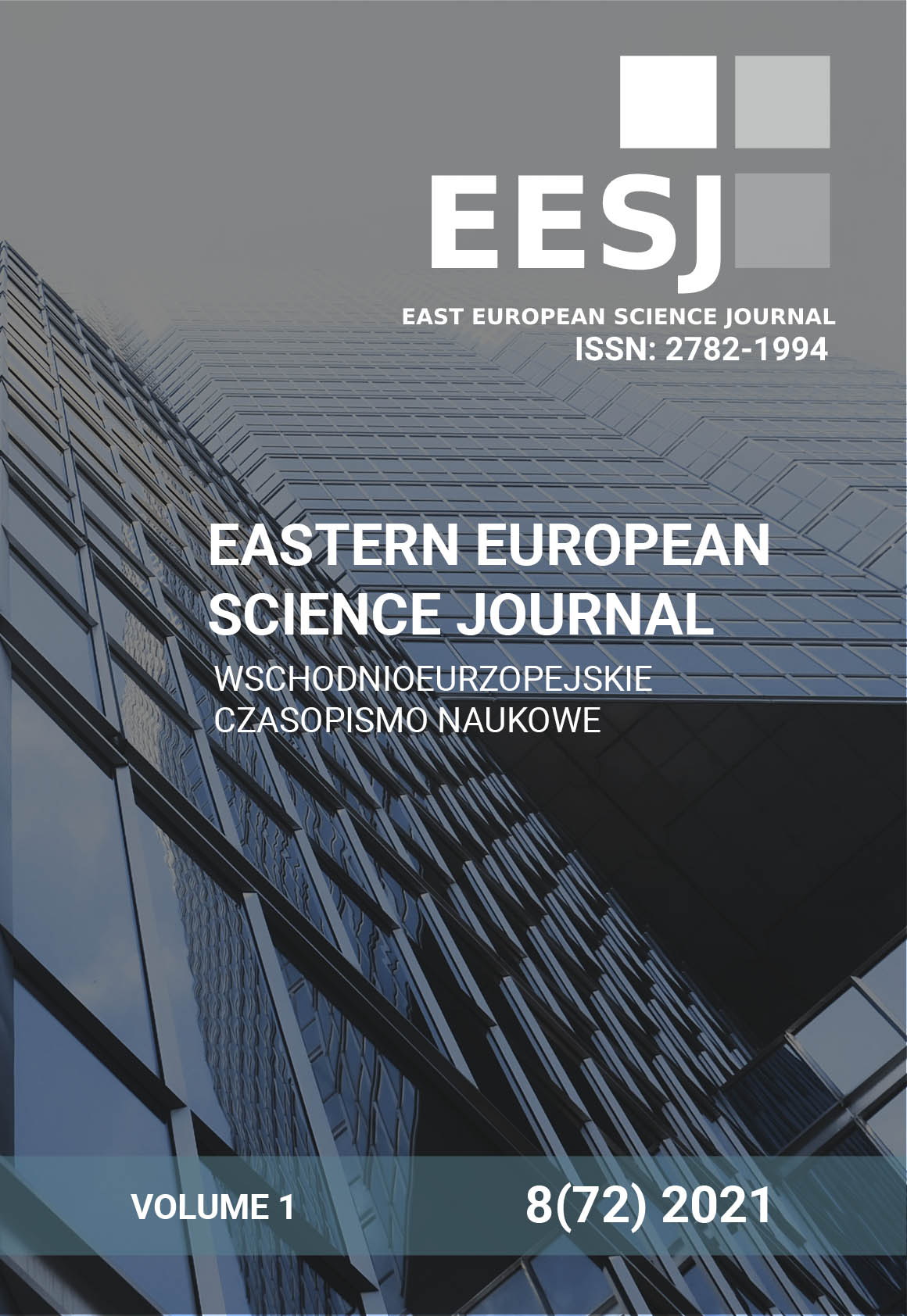JUNG’S CONCEPT OF ARCHETYPES IN FEMINIST REVISIONIST MYTHOLOGY, IN THE CONTEXT OF M. ATWOOD’S PENELOPIAD AND M. MILLER’S CIRCE
DOI:
https://doi.org/10.31618/ESSA.2782-1994.2021.1.72.107Keywords:
philosophy, gender studies, feminist revisionist mythology, Jung, archetype, myth, mythological discourse.Abstract
The article deals with the concept of archetypes by K. G. Jung in the context of M. Atwood’s The Penelopiad and M. Miller’s Circe, which represent feminist revisionist mythology tradition. The study focuses on exploring the transformation of the Jungian archetypes of the figures of Penelope and Circe in Atwood and Miller’s novels. The author argues that while in original myths Penelope and Circe represent the archetypes of Mother and the feminine representation of Wise old man, in the novels Penelope’s archetype transforms into Mask, and Circe starts representing Mother archetype. The author comes to the conclusion that such transformation is a result of Atwood and Miller’s dealing with feminist agenda as well their attempt to present different sides of female experience, making mythological figures closer to real women.
References
Galsanova, O. E. Interpretaciya ponyatiya «arhetip»: ot antichnoj kultury do kulturologicheskih myslej nachala HH v. // Vestnik Buryatskogo gosudarstvennogo universiteta. Pedagogika. Filologiya. Filosofiya. 2011. №6. S.223-226. [Galsanova, OE The interpretations of the concept "archetype" from culture of Antiquity to culturological thoughts of the beginning of the XX-th century. Vestnik Buryatskogo gosudarstvennogo universiteta. Pedagogika. Filologiya. Filosofiya. 2011;6:223-226. (In Russ).].
Donchenko, O. Arhetipi – spilne v nashomu zhitti (rozpiznavannya arhetipiv yak shlyah do unikalnosti) // Psihologiya osobistosti. 2011. № 1(2). S.170-181. [Donchenko, O Arkhetypy – spilne v nashomu zhytti (rozpiznavannia arkhetypiv yak shliakh do unikalnosti). Psykholohiia osobystosti. 2011;1(2):170-181. (In Ukr).]
Yung K. G. Fenomenologiya duha v skazkah / Biblioteka Gumer. URL: https://www.gumer.info/bibliotek_Buks/Psihol/Yung/fen_duh.php [Jung KG Fenomenologija duha v skazkah/ Biblioteka Gumer. Available at: https://www.gumer.info/bibliotek_Buks/Psihol/Yung/f en_duh.php. Accessed: 15 Aug 2021.] 4. Yung K.G. Dusha i mif. Shest arhetipov. K.: Gosudarstvennaya biblioteka Ukrainy dlya yunoshestva; 1996. [Jung KG Dusha i mif. Shest' arhetipov. Kiev: Gosudarstvennaja biblioteka Ukrainy dlja junoshestva; 1996. (In Russ).]
Yung K.G. Ocherki po psihologii bessoznatelnogo. M.: Cogito Centre; 2010. [Jung KG Ocherki po psihologii bessoznatel'nogo. Moscow: Cogito Centre; 2010. (In Russ).]
Atwood M The Penelopiad. London: Faber & Faber; 2007.
Howells CA Five ways of looking at 'The Penelopiad'. Sydney Studies. 2006; 32:5-18.
Jung CG The symbolic life: Miscellaneous writings. London: Routledge; 2014.
Macmillan C The witch(es) of Aiaia: Gender, immortality and the chronotope in Madeline Miller’s Circe. Gender Studies. 2019;18(1):27-38. DOI:10.2478/genst-2020-0002
Miller M Circe. New York: Little, Brown and Company; 2018. Available at: https://www.pdfread.net/ebook/circe-madeline-miller/. Accessed: 15 Aug 2021.
Neyer G, Bernardi L Feminist perspectives on motherhood and reproduction. Historical Social Research. 2011;36(2):162-176. https://doi.org/10.12759/hsr.36.2011.2.162-176
Nunes R Looking into Margaret Atwood's 'The Penelopiad': Appropriation, parody and class issues. Palimpsesto. 2014;18:228-240.
Petchesky RP Reproductive freedom: Beyond "A woman's right to choose". Signs. 1980; 5(4):661685.
Salas G R 'Close as a kiss': The challenge of the maids' gyn/affection in Margaret Atwood's The Penelopiad. Amaltea. Revistade mitocritica. 2015;7:19-34.
Schanoes VL Fairy tales, myth, and psychoanalytic theory: Feminism and retelling the tale. Surrey: Ashgate Publishing; 2014.
Staels H "The Penelopiad" and "Weight". Contemporary parodic and burlesque transformations of classical myths. College Literature. 2009; 36(4): 100-118.
Downloads
Published
Issue
Section
License

This work is licensed under a Creative Commons Attribution-NoDerivatives 4.0 International License.
CC BY-ND
A work licensed in this way allows the following:
1. The freedom to use and perform the work: The licensee must be allowed to make any use, private or public, of the work.
2. The freedom to study the work and apply the information: The licensee must be allowed to examine the work and to use the knowledge gained from the work in any way. The license may not, for example, restrict "reverse engineering."
2. The freedom to redistribute copies: Copies may be sold, swapped or given away for free, in the same form as the original.




